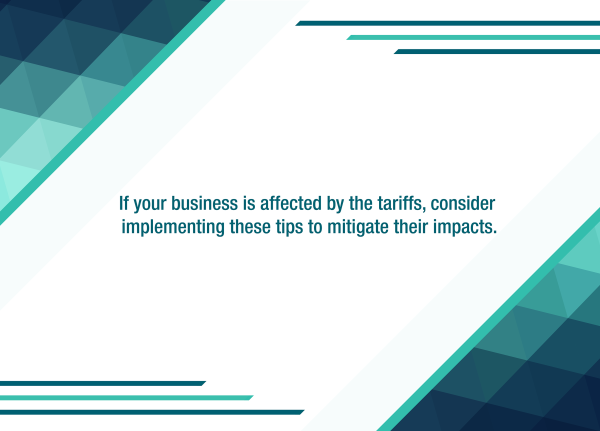For most retailers, this is the most profitable season of the year. However, customer returns in January can cut deeply into December revenues — particularly if the returns are fraudulent. U.S. retailers suffer annual losses of $18.4 billion from fraudulent returns, according to data analytics company Appriss and the National Retail Federation (NRF). And as antifraud technology company Signifyd has found, the pandemic is encouraging higher retail return rates — as much as 80% higher than before COVID-19 hit. Such a shift is likely to mean even more fraud.
Old dog, new tricks
Return fraud isn’t new. Dishonest customers have long “returned” items they stole or purchased elsewhere for less to stores willing to issue full cash refunds. But growth in online sales has magnified return fraud risk for retailers. The NRF reports that 38% of retailers have observed an increase in the number of buy online, return in-store transactions. And of these retailers, 29% reported an increase in fraudulent returns.
However, retailers that allow shipped returns face even greater risk of losses. In one common scheme, customers buy expensive items, then ship back cheap knockoffs or random objects that approximate the size and weight of the original merchandise. If a retailer issues a refund before its employees open and inspect the returned item, the business will probably end up paying for that refund out-of-pocket.
Entire networks dedicated to return fraud have sprung up on the Web. Many offer to help consumers profit off real purchases by making phony returns. In times of financial insecurity, such siren calls may convince ordinarily honest people to become fraud perpetrators.
How to act
It’s critical that you use up-to-date return and inventory management systems designed to prevent fraud and shrinkage. But perhaps the most important way to fight return fraud is with a formal merchandise return policy that specifies:
- A timeframe for returns — for example, 30 or 60 days from the purchase,
- Any required documentation, such as the original receipt,
- Whether returns are eligible for a cash refund or only store credit,
- Whether the return must include the original packaging,
- Whether returns must be made in person, even if merchandise was purchased online,
- The condition of the returned goods (most retailers prefer “as new” or “as sold”),
- What customer information you need, such as address and phone number, and
- A reason for the return.
You may only want to accept returns if the merchandise is defective. But of course, many customers expect flexible return policies and may take their business elsewhere if yours is too rigid.
Post your return policy at registers, on receipts and on your website. Require that a manager approves any exception made to this return policy.
You can’t afford it
Depending on the size of your business, return fraud could cost you thousands or millions of dollars, an amount you can’t afford during this uncertain time — or anytime. Make sure your return policy is airtight and that employees consistently apply it.
____________________________________
We highly recommend you confer with your Miller Kaplan advisor to understand your specific situation and how this may impact you.



